
1993 Feature Articles — CD-ROM
December 2, 2018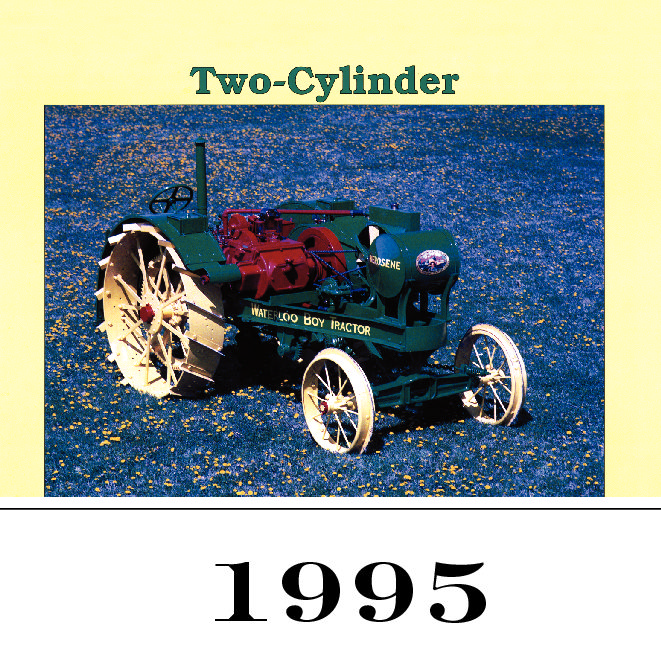
1995 Feature Articles — CD-ROM
December 2, 2018$14.95
The John Deere Model “LA” Tractor
The John Deere Type “W” Stationary Engines
The John Deere Model “420” Tractor
Expo IV
The John Deere Model “GP” Standard Tractor — Part I
The John Deere Model “GP” Standard Tractor — Part II
MODEL “LA” TRACTOR: In the mid-1930s, Deere & Company, along with its competitors, was aware of the power requirements of small-acreage farmers — those working less than 100 acres. Before World War II, there were many more small farms than there were large farms east of the Mississippi River. The recently introduced John Deere Model “B” was received with considerable enthusiasm (the “B” Series went on to become the all-time John Deere sales leader), yet dealers were telling Deere & Company that an even smaller, lower-priced tractor was needed.
Responding to this demand, two separate engineering groups began design work on a smaller tractor. At the Waterloo Tractor Works in Waterloo, Iowa, the approach was to scale down the Model “B”. The other group, located in Moline, Illinois, at the John Deere Wagon Works, was instructed to design “a different sort of tractor,” with two provisions: It must have a two-cylinder engine, and a low price tag. The Model “H” was the end product of the Waterloo engineering effort, while the Model “L” Series was created at the Wagon Works.
It started with the Model “Y” in 1936, was followed by the Model “62” in 1937, and the unstyled “L” later that year. The “L” was styled late in 1938 for 1939 model year introduction, and the industrial Model “LI” was added to the lineup in 1941. The most powerful tractor in the “L” Series, the Model “LA”, went into production in August of 1940.
TYPE “W” STATIONARY ENGINES: Three Type “W” Engines were built and numbered with the Waterloo Boy Type “T” Engines, and that 30 more spoke flywheel units were later built and numbered with the Type “E” (single-cylinder) Stationary Engines. No records were found that corresponded with the 1923 date or 25 hp of the engines shown on pages 2 and 3.
There was quite a gap between the time the 27 hp Type “W” Engines were built, and the next production run. After first being cancelled on January 22, 1926, the “W” was reinstated nearly seven years later (November 22, 1932) via Decision No. 4305. The reason given was, “To provide a stationary power plant for the trade.”
It was in response to customer requests. “Why can’t you give us a stationary engine for grinding feed, running a sawmill, pumping water (and similar uses), that provides the power, economy, and dependability of the Model ‘D’?” In one way or another, that was the question being asked of John Deere by farmers, ranchers, and commercial business owners across North America. Customers had seen the way the “D” stood up hour-after-hour under the hardest kind of service — often under the control of inexperienced operators; and they were well aware of its ability to burn economical, low-cost fuel… a major consideration during the Depression.
The Type “W” Engine introduced in 1932 was not the same as the earlier unit, because the 1932 “D” was not the same tractor as the 1925. The new engine was 55 percent more powerful. It had a larger (6-3/4″) bore, and produced a maximum of 42 hp at 900 rpm. The first 25 of these new engines (serial number 1000 to 1024) were built November 19, 1932, and shipped to Los Angeles.
MODEL “420” TRACTOR: Collecting the John Deere Model “420” Tractor could easily become a career for someone inclined to get one of every type. It underwent three distinct phases of production (Phase I, Phase II, Phase III), was offered in no fewer than nine model variations, and was available in three fuel types. If the possibilities seem almost endless, be assured right up front that the rarity of some combinations is more likely to have the would-be collector thinking in terms of “dead end.”
EXPO IV: Nearly all of the photographs used in the Expo IV Feature Article, except for those of the various class winners, were picked at random from the more than 600 taken by the Two-Cylinder Center Staff.
MODEL “GP” STANDARD TRACTOR — PART I: To embark upon a review of the history of the John Deere Tractor known to collectors as the “GP”, it’s first necessary to determine which general-purpose model we’re talking about. The first “GP” Tractor, serial number 200211, was built in August 1928. Its predecessor, the Model “C”, had only a brief production run that ended in April of that year.
MODEL “GP” STANDARD TRACTOR — PART II: An in-depth continuation of the evolution and design/engineering changes that changed the Model “GP” Tractor.
- Information-packed, educational, and entertaining Feature Articles; with photos and accuracy unmatched elsewhere!
- Each CD contains all of the Feature Articles for an ENTIRE YEAR, and is enclosed in its own unique sleeve!
- Searchable PDF format! What does that mean? You’ll be able to easily locate specific subjects in the article, “zoom-in” on photos (in color and b/w), and print off any part (or the entire article) for your personal use.
CD-ROMS are for COMPUTER-USE ONLY and WILL NOT PLAY on traditional television or radio entertainment systems!!! Opened CDs are not eligible for refund or return. Computer System Operating Requirements: Adobe Reader 8.1.3 • Adobe Reader 9 • Windows Vista • Windows XP • Windows 2000 SP4 and higher • Mac Intel/PowerPC 10.4.11 – 10.5.6 • Mac Intel 10.4.4 – 10.4.10 • Mac PowerPC 10.4.3 – 10.4.10, and higher

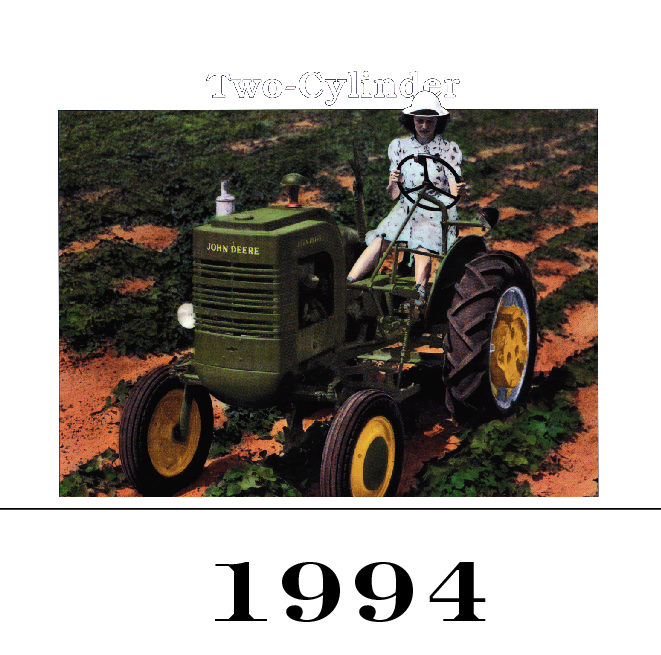
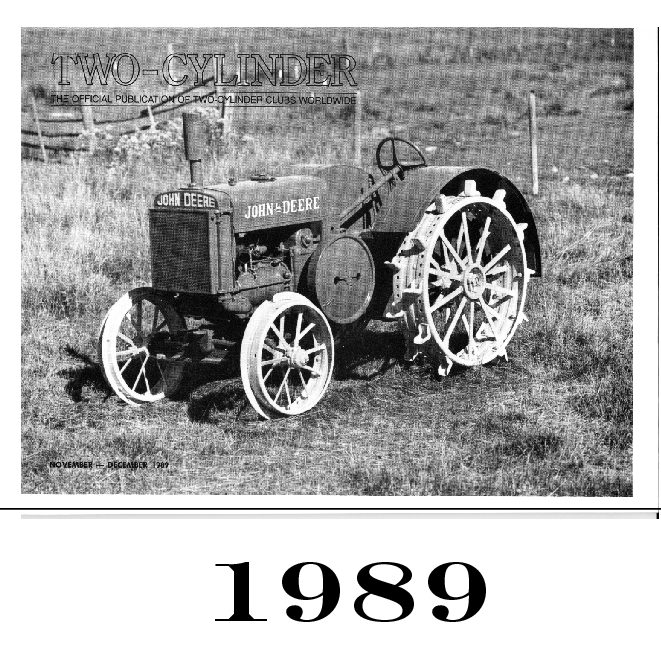
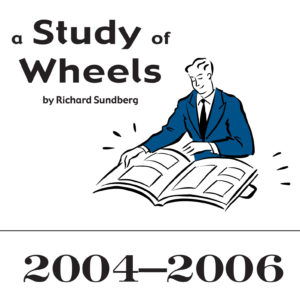
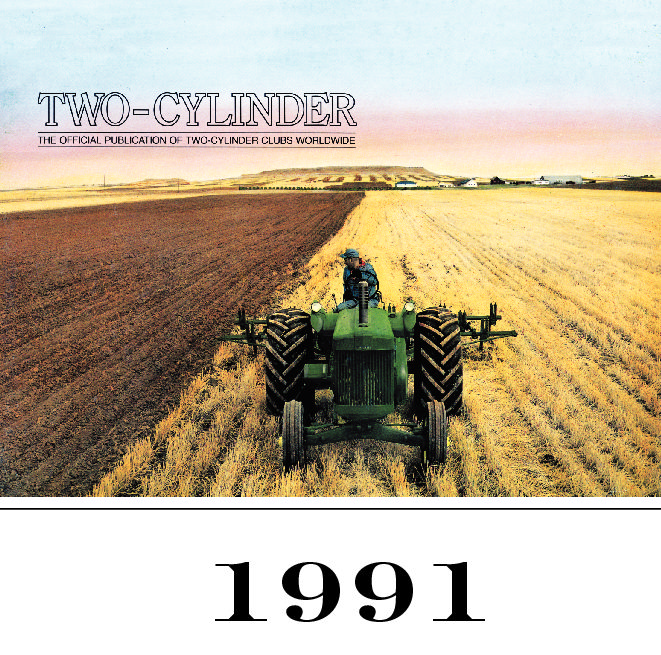
Reviews
There are no reviews yet.